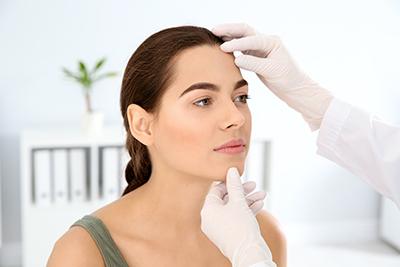My Blog
When to See a Dermatologist
- posted: Aug. 05, 2022
Is it time to see a skincare specialist? Your skin is your largest organ, so it’s important that you take care of it. That sometimes means turning to a dermatologist for Read More
The Benefits Of Seeing A Dermatologist
- posted: Apr. 21, 2022
When should you turn to a dermatologist? Minor skin, hair or nail issues may be treated by your general physician; however, they won’t have the same expertise and knowledge as a Read More
This website includes materials that are protected by copyright, or other proprietary rights. Transmission or reproduction of protected items beyond that allowed by fair use, as defined in the copyright laws, requires the written permission of the copyright owners.
Our Location
Find us on the map
Seraly Dermatology
222 East McMurry Road
McMurray, PA 15317, US



